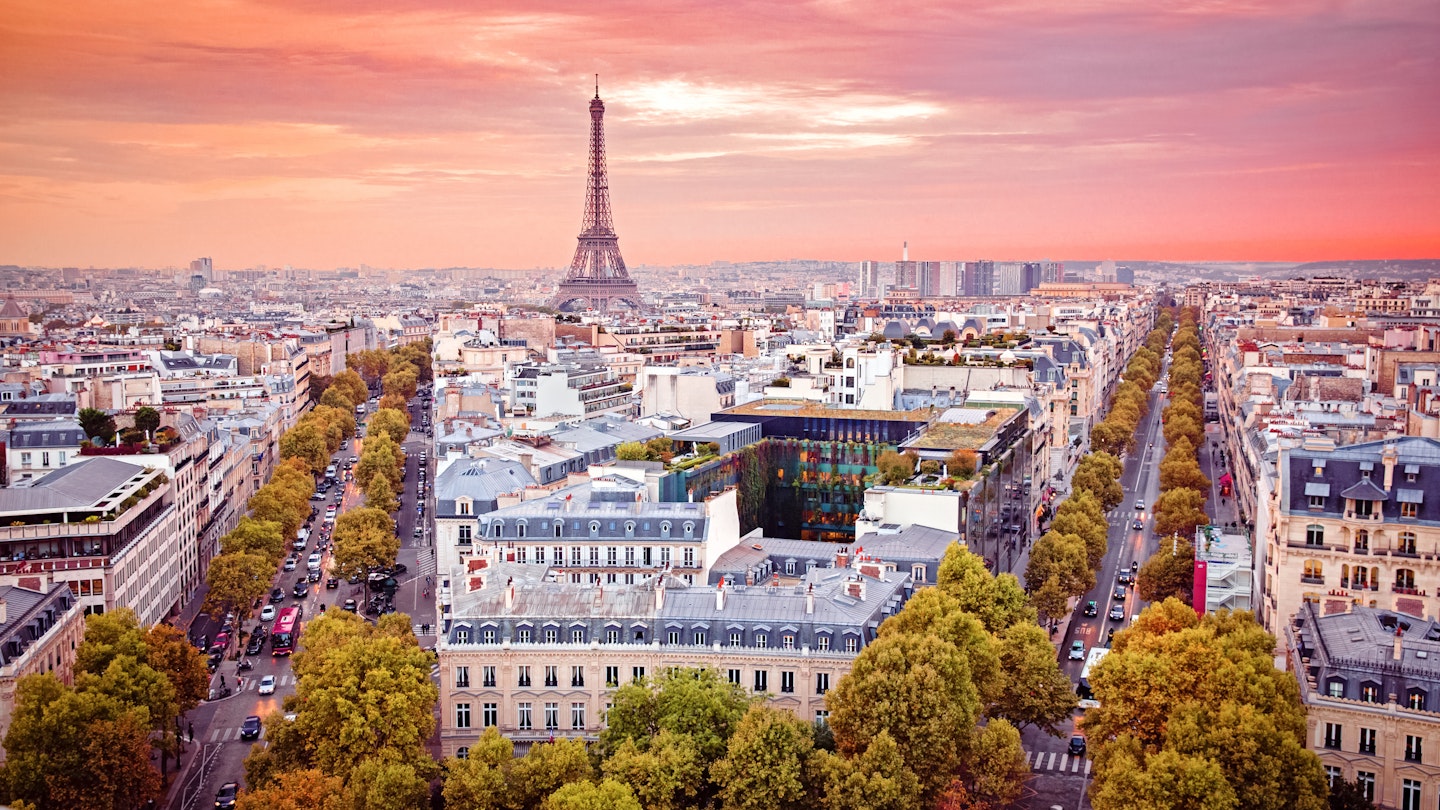France Eases Travel Restrictions: What You Need to Know
As France continues to ease its lockdown measures, the government has announced it will lift border restrictions with European countries starting from 15 June.
This decision aligns with recommendations from the European Commission, urging all 27 member states to begin lifting border controls by mid-June, after bloc-wide travel restrictions were implemented in mid-March. Some countries, such as Italy, have already welcome European visitors, whereas others, like Spain, plan to wait until July. It’s noteworthy that France never fully closed its borders during the nationwide lockdown; however, non-essential travel has been restricted since April.
As the nation prepares to gradually welcome tourists back, museums and attractions are establishing new health and safety rules for visitors. After enduring its longest closure since the Second World War, the Eiffel Tower is set to reopen on 25 June. Visitors over the age of 11 will be required to wear face coverings. Meanwhile, the Louvre will begin welcoming visitors from 6 July, but only through pre-bookings to better manage crowds and enforce social distancing.
Cafes and restaurants across the country resumed operations at the beginning of June. In many regions designated as “green areas,” where coronavirus infection rates remain low, customers can now dine indoors. In contrast, Paris is classified as an “orange area” with relatively high infection rates; thus, diners are currently served outdoors at tables located on the pavements and in parking bays.

Recently, the EU proposed opening its borders to non-European countries from 1 July. However, the final decision will depend on individual member states. It is anticipated that travelers from countries where the virus is well controlled will be granted entry first.




